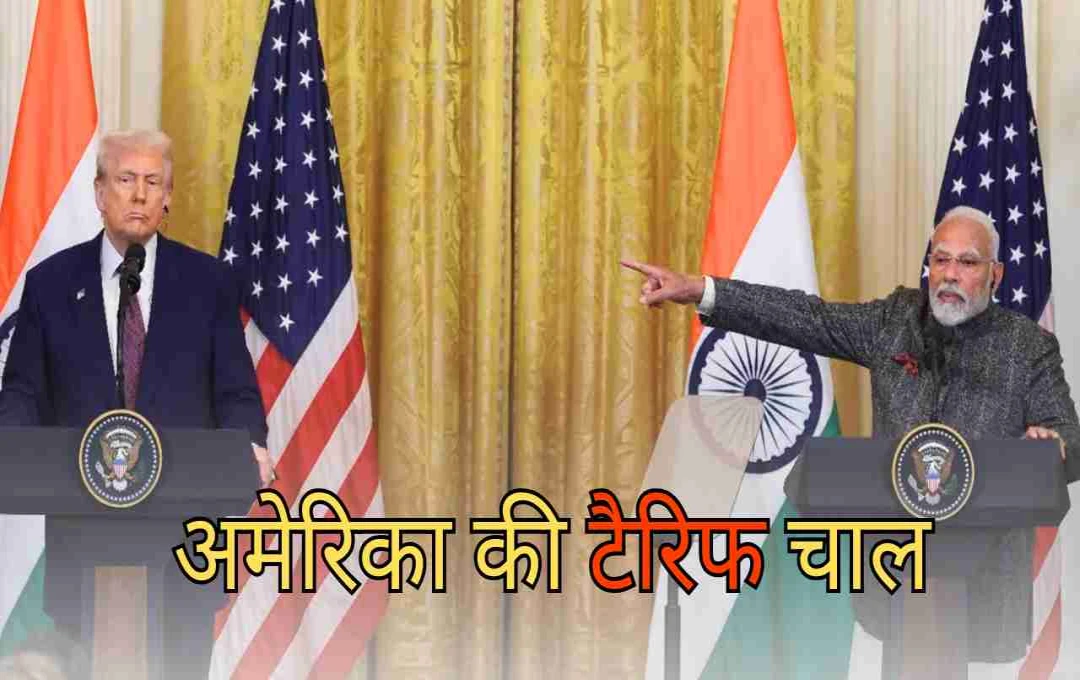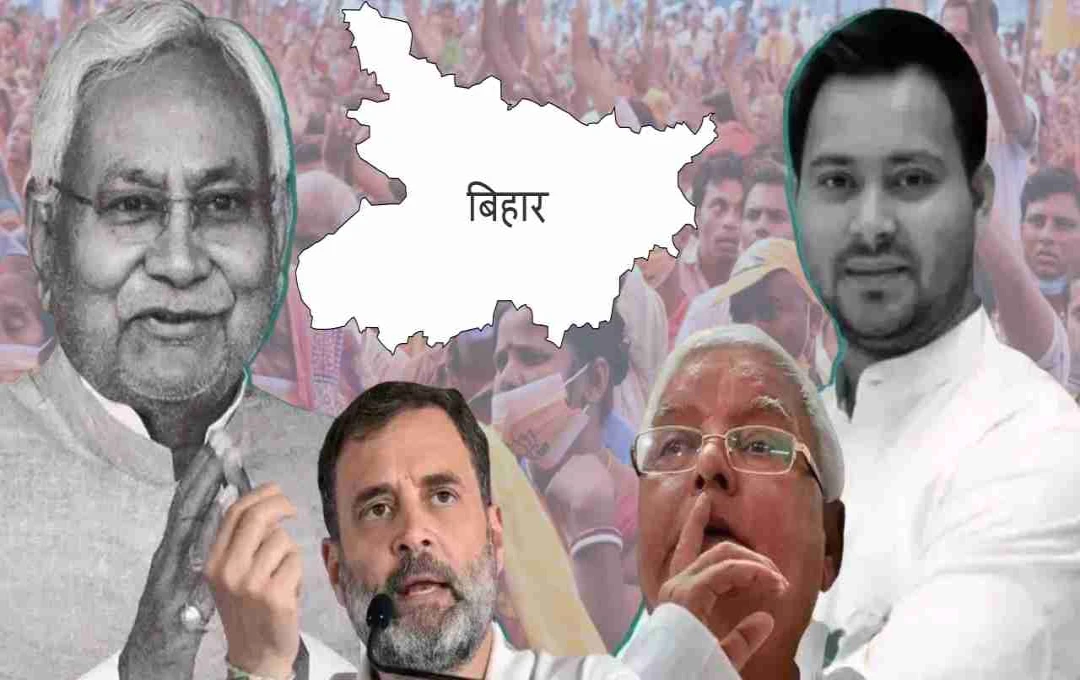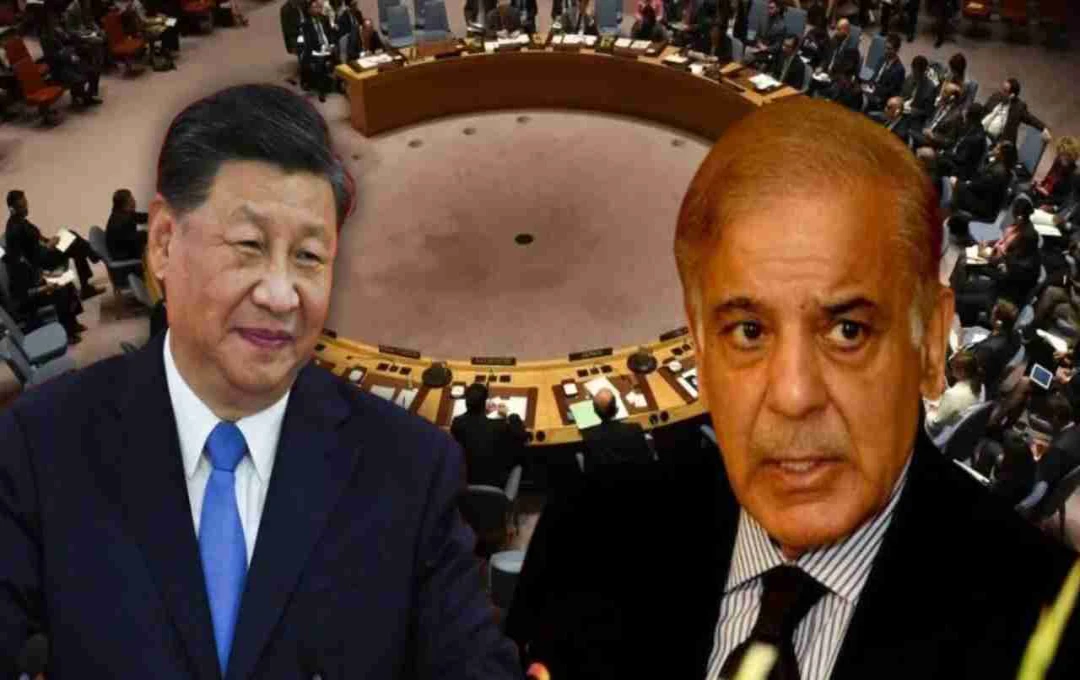On July 31st, US President Donald Trump made a surprising announcement, stating his intention to impose a 25 percent tariff on all goods coming from India. This decision comes at a time when discussions regarding a trade agreement between India and the US were expected. It is feared that this will increase tensions in the relationship between the two countries.
Pharma and Jewelry Sectors to be Hit Hardest
India's pharmaceutical and gems & jewelry sectors are heavily dependent on the US. The US is the largest market for these sectors. An increase in tariffs will make these products more expensive in the US, which could reduce their demand. This is highly likely to affect employment, production, and investment in these sectors.
Indirect Blow to the IT Sector
The IT industry is not expected to be directly impacted by this tariff, but there may be an indirect effect. According to Nitin Bhatt, a technology expert at EY India, the tariff will increase costs for American companies, which may lead them to cut back on their spending. Technical services and outsourcing are usually the first to be affected. In such a situation, Indian IT companies may face delays in getting new projects, or the pace of contract renewals may slow down.
Impact on the Textile Industry as Well

The textile industry is a major export sector for India. There is considerable demand for it in the US. However, after the implementation of the 25 percent tariff, Indian textiles will become more expensive, and American buyers may turn to cheaper options like Vietnam and Bangladesh. This could harm millions of workers in the country who depend on this sector.
How Much Impact on GDP Growth?
According to a report by British bank Barclays, these tariffs may affect India's Gross Domestic Product (GDP). The report states that this could reduce India's growth rate by up to 0.30 percent. However, since India's economy is mostly based on domestic demand, the overall impact may be limited.
Increased Concern Among Foreign Investors
India has always been considered a safe and stable market for foreign investors. However, investors have become cautious due to the US tariff decision and the uncertainty surrounding India-Russia relations. This is also being reflected in the stock markets. Investors in the US are concerned about higher prices due to tariffs on imports from India, which may affect long-term investment plans.
US Focus on India-Russia Trade

Trump's statement not only included tariffs but also expressed displeasure with India's growing relations with Russia. The US wants India to limit its purchase of oil and military equipment from Russia. However, Russia is an important partner for India in the energy and defense sectors. Because of this, India is facing pressure from both sides. On one hand, there is trade tension with the US, and on the other hand, there is pressure to maintain strategic cooperation with Russia.
Crisis on Upcoming Trade Talks
The US trade delegation is scheduled to visit India on August 25th. During this visit, discussions were expected to take place between the two countries on various trade-related issues, but Trump's announcement has already heated up the atmosphere. The US has previously placed conditions on agricultural and dairy products, which have not been acceptable to India. In such a situation, it may be difficult for positive results to emerge from the talks.
India's Strategy on the Global Stage Will Be Important
India's role has now become one of balancing between two powerful countries like the US and Russia. On one hand, it needs to fulfill its energy and military needs from Russia, and on the other hand, it needs to maintain a b relationship with the US in areas such as trade and technology. In this situation, India will have to take steps very carefully at the policy level so that neither the trade deficit increases nor its image is affected at the international level.
Impact on Rural Areas and Farmers as Well
Some agricultural products exported from India to the US, such as rice, spices, fruits, etc., may also be affected by the tariff. This may also affect the income of rural areas and farmers in the country. These areas are already facing challenges related to inflation and the monsoon. In such a situation, obstruction in exports could give rise to a new crisis.














